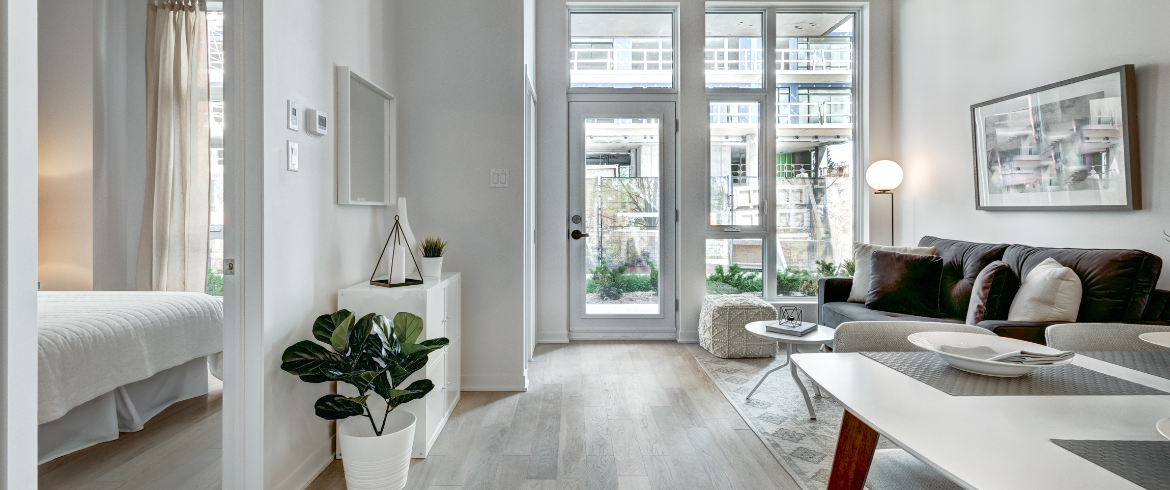In an era of climate awareness, conscious consumerism, and eco-innovation, homeowners are reimagining what it means to renovate. No longer is remodeling simply a matter of increasing property value or updating aesthetics: it has become a vital pathway to reducing environmental impact and embracing a more sustainable lifestyle. Welcome to the Sustainable Renovation Revolution, where style and responsibility not only coexist — they enhance each other.
Redefining Home Improvement
Traditional home renovations often come with a hidden cost: excessive waste, energy inefficiency, and the use of materials with a high environmental footprint. According to the U.S. Environmental Protection Agency (EPA), construction and demolition waste accounts for over 600 million tons annually in the United States alone. Much of this originates from residential renovations.
Sustainable renovation aims to reverse this trend. It’s about more than green products — it’s a holistic design philosophy that prioritizes:
- Efficient resource use
- Low-impact materials
- Waste reduction and recycling
- Energy and water conservation
- Long-term durability
But here’s the exciting part: sustainability doesn’t mean sacrificing style. In fact, some of today’s most striking and innovative designs are emerging from the sustainable architecture and interior design movements.
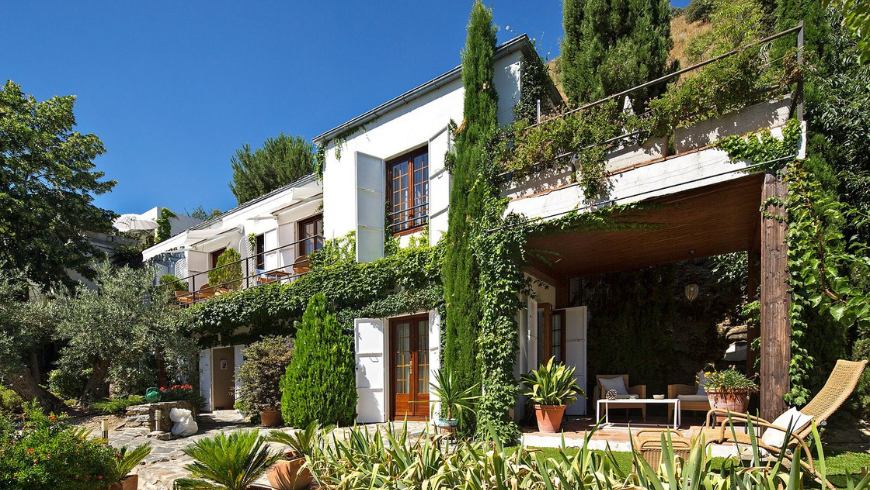
Material Matters: Choosing Responsibly
A cornerstone of sustainable renovation is thoughtful material selection. From reclaimed wood to recycled glass countertops, the materials you choose can dramatically reduce your renovation’s carbon footprint.
Reclaimed and Recycled Materials
Using reclaimed materials — wood, brick, tile, metal — adds character and story that new materials often lack. Recycled glass or paper countertops, bamboo flooring, and carpets made from recycled plastic bottles are high-performance, low-impact options.
Avoiding Toxic Substances
Paints, adhesives, and finishes often contain volatile organic compounds (VOCs), which contribute to indoor air pollution. Choosing low-VOC or zero-VOC products enhances indoor air quality and protects the health of occupants.
Local Sourcing
Locally sourced materials reduce transportation emissions and support local economies. From natural stone to handcrafted tiles, regional options also add a sense of place to your home’s design.
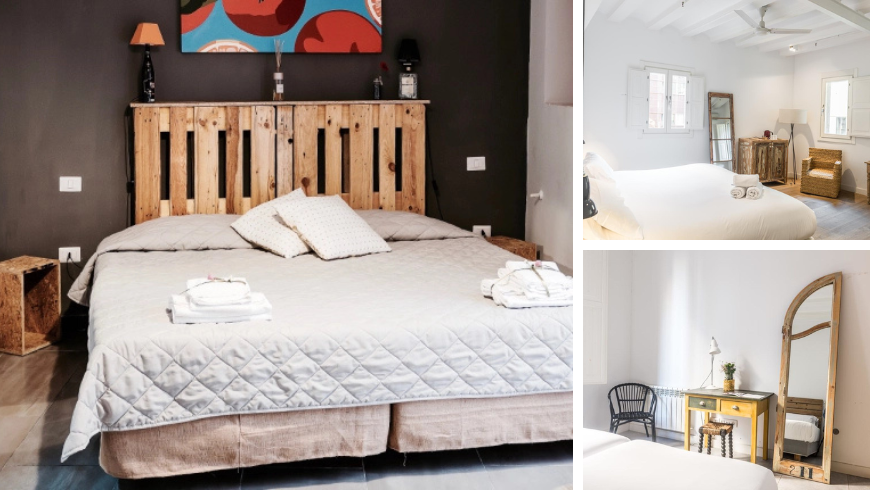
Energy Efficiency: Building Smarter
Improving a home’s energy performance is a key aspect of sustainable renovation. These upgrades not only reduce utility bills but also significantly lower greenhouse gas emissions.
Insulation and Air Sealing
Heating and cooling costs can be greatly reduced by improving insulation in attics and walls and sealing air leaks around windows and basements. Eco-friendly insulation options like sheep’s wool and cellulose (made from recycled newspaper) offer great performance with minimal environmental impact.
Energy-Efficient Appliances and Fixtures
ENERGY STAR-rated appliances, tankless water heaters, and low-flow plumbing fixtures help conserve energy and water without compromising functionality.
Renewable Energy Integration
For homeowners ready to invest more, integrating solar panels, heat pumps, or geothermal systems can lead to long-term savings and move your home closer to net-zero energy use.
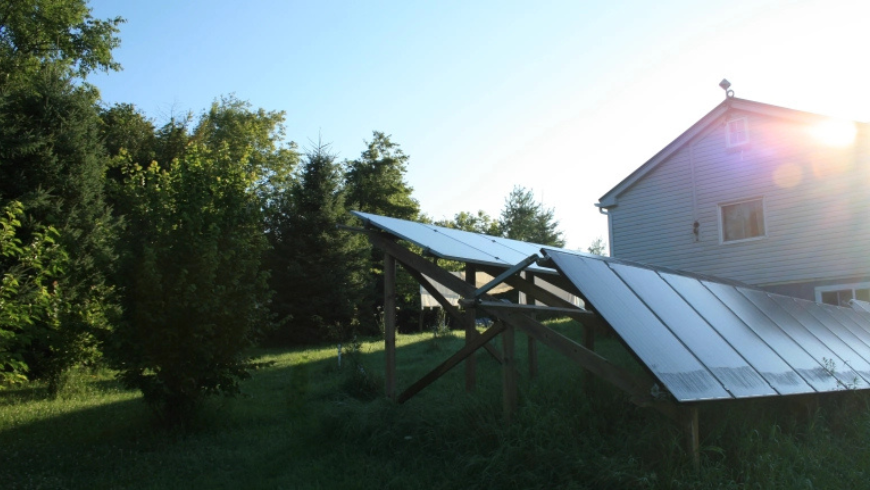
Designing for Durability and Adaptability
Sustainability is not just about materials — it’s about creating homes that are built to last and adapt over time. A sustainable renovation addresses today’s needs while anticipating tomorrow’s.
Timeless Design
Instead of following short-lived trends, sustainable design emphasizes timeless choices that remain functional and attractive for years. Neutral color palettes, natural materials, and simple, elegant forms reduce the need for frequent updates.
Flexible Spaces
With the rise of remote work and multigenerational living, flexible design is more relevant than ever. Consider convertible home offices, sliding walls, or rooms with dual functions.
Resilient Materials
Choosing materials that can withstand environmental stress — like fire-resistant siding or flood-resistant flooring — helps protect your home and enhances its sustainability.
Waste Less, Reuse More
Demolition waste significantly contributes to landfill overflow. Sustainable renovations favor deconstruction instead of demolition, carefully dismantling structures to preserve materials for reuse or donation.
Adopting a circular mindset means finding creative ways to repurpose old furniture, cabinetry, or architectural elements. An old door becomes a headboard. Salvaged beams turn into floating shelves. These touches reduce waste and add unique character.
Tech-Forward Sustainability
Smart home technologies are increasingly woven into sustainable renovations, giving homeowners more control over energy and water use.
- Smart thermostats optimize heating and cooling.
- Leak sensors help prevent water damage.
- Automated lighting reduces unnecessary energy use.
- Home energy monitors offer real-time data to encourage conservation.
These innovations turn homes into intelligent ecosystems that actively support sustainability.
Financial Incentives and ROI
Sustainable renovations are often supported by tax credits, rebates, and grants, particularly for solar panels, insulation, and energy-efficient windows. Over time, these improvements pay for themselves through energy savings and increased home value.
Eco-conscious features are also becoming more appealing to buyers. In fact, homes with energy-efficient certifications tend to sell faster and at a premium.
The Aesthetics of Eco-Elegance
There’s a growing trend toward eco-elegance: design that feels both luxurious and sustainable. Think reclaimed hardwood floors paired with matte black fixtures, clay plaster walls illuminated by natural light through high-performance windows, or Scandinavian-inspired interiors with raw textures and minimalism.
Modern sustainable design reflects a broader cultural shift toward intentional living: homes that are not only beautiful but also aligned with the values of their inhabitants.
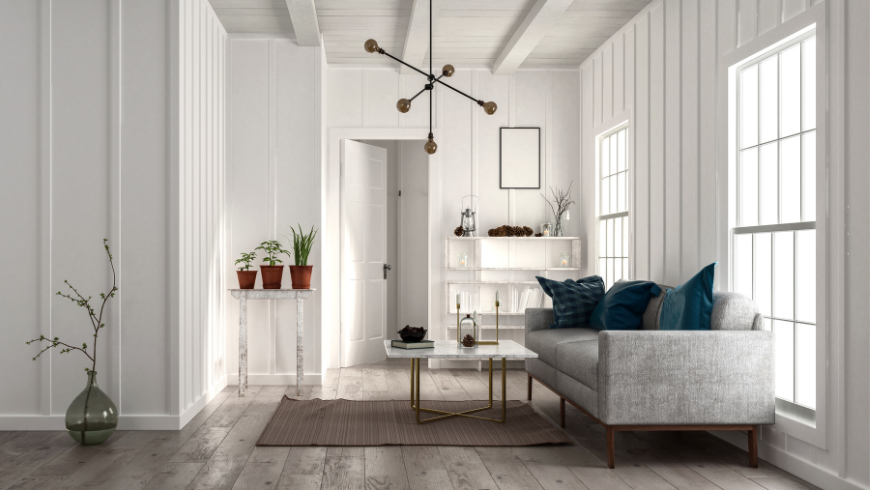
Final Thoughts: The Future of Home Is Green
The Sustainable Renovation Revolution is more than a trend — it’s a necessary evolution. As the climate crisis intensifies and consumer values shift, the demand for environmentally responsible homes will only grow.
Homeowners, architects, designers, and builders now have the tools and knowledge to make choices that are better for people and the planet. Whether it’s a modest kitchen update or a full home transformation, every decision counts.
Cover image: photo via Canva PRO

Author: Sujain Thomas is a domestic protection expert and sustainable design enthusiast with
over a decade of revel in sustainable home improvement into useful, lovely, and eco-friendly
houses. As a creator and consultant, she shares practical insights on smart renovations, green building trends, and design strategies that enhance both property value and livability. When not on a job site or drafting new plans, she enjoys exploring architectural history and helping homeowners bring their dream spaces to life.
